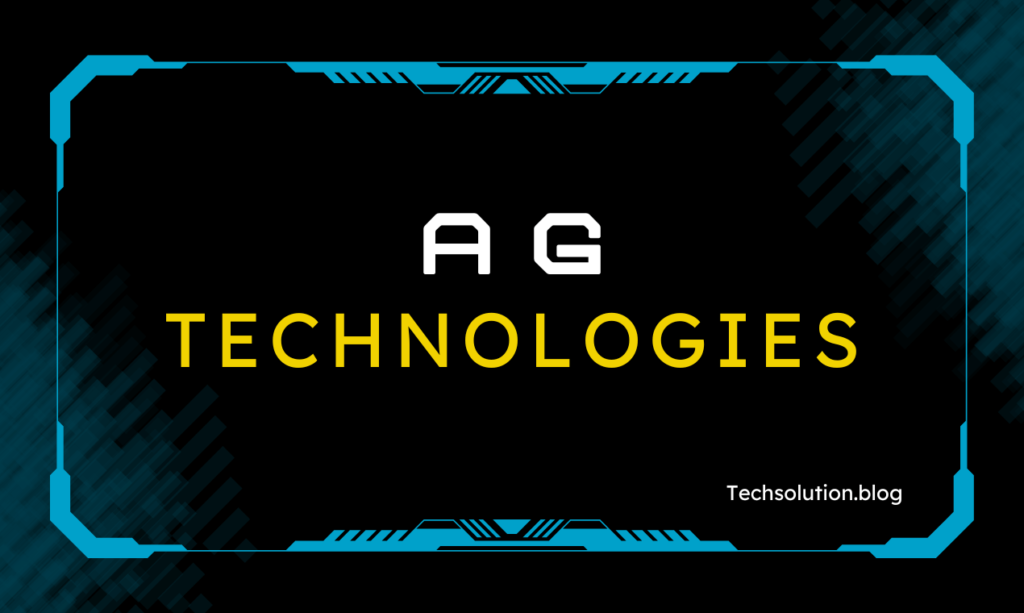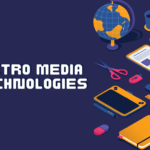Agriculture, one of humanity’s oldest industries, has recently experienced a revolutionary transformation. The advent of modern technology has brought forth a plethora of innovations in ag technologies, significantly enhancing productivity, sustainability, and efficiency.
This article delves into the latest advancements shaping the future of agriculture, providing a comprehensive overview of the cutting-edge technologies that are making waves in the industry today.
1. Precision Agriculture
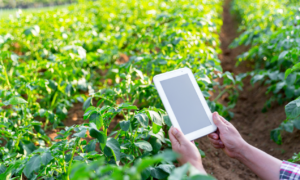
Precision agriculture is at the forefront of ag technologies, representing a paradigm shift in how farmers manage their crops. This approach leverages data analytics, GPS, and IoT devices to optimize field-level management concerning crop farming. Using detailed data, farmers can make informed decisions on planting, fertilizing, and harvesting, maximizing yield and minimizing waste.
One critical component of precision agriculture is using satellite imagery and drones. These technologies provide real-time data on crop health, soil conditions, and weather patterns. Drones equipped with multispectral sensors can capture images that help detect diseases, pests, and water stress long before they are visible to the naked eye. This early detection allows for timely interventions, reducing the risk of significant crop losses.
2. Autonomous Machinery
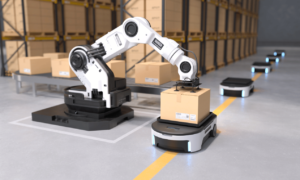
The rise of autonomous machinery is another groundbreaking innovation in ag technologies. Self-driving tractors, harvesters, and planters are becoming increasingly common on modern farms. These machines utilize advanced sensors, GPS, and machine learning algorithms to navigate fields with precision, perform tasks efficiently, and reduce the need for human labor.
Autonomous machinery enhances productivity and addresses labor shortages in the agricultural sector. For instance, self-driving tractors can work around the clock without fatigue, ensuring that planting and harvesting are done at optimal times. This efficiency level is crucial in maintaining high crop yields and ensuring food security.
3. Smart Irrigation Systems
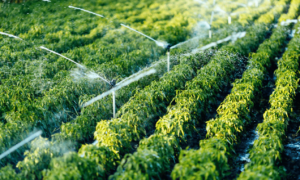
Water management is a critical aspect of agriculture, and smart irrigation systems are revolutionizing how farmers use this precious resource. Traditional irrigation methods often lead to water wastage and inefficient distribution. In contrast, smart irrigation systems utilize sensors and IoT devices to monitor soil moisture levels, weather conditions, and plant water needs in real time.
These systems can automatically adjust water delivery based on the specific requirements of each section of the field. Smart irrigation systems help conserve water, reduce costs, and improve crop health by providing the right amount of water at the right time. This technology is particularly valuable in water scarcity regions, as it ensures sustainable water usage and enhances agricultural resilience.
4. Vertical Farming
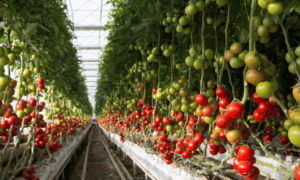
Vertical farming is an innovative approach that involves growing crops in stacked layers, typically in controlled indoor environments. This farming method addresses several challenges associated with traditional agriculture, such as limited arable land, unpredictable weather, and the need for large amounts of water and pesticides.
In vertical farms, crops are grown using hydroponics or aeroponics systems, which require significantly less water than conventional soil-based farming. The controlled environment also allows for year-round production, ensuring a consistent supply of fresh produce. LED lighting, climate control, and automated nutrient delivery systems further enhance the efficiency and productivity of vertical farming.
5. Genetically Modified Organisms (GMOs)
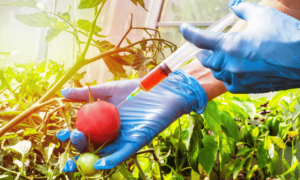
Genetically modified organisms (GMOs) have been debated for years, but recent advancements in biotechnology have made GMOs a vital part of modern ag technologies. Through genetic engineering, scientists can develop crops that are resistant to pests, diseases, and adverse environmental conditions. These crops often have higher nutritional value, longer shelf life, and increased yield potential.
For example, genetically modified Bt cotton contains a gene from the bacterium Bacillus thuringiensis, which provides resistance to certain insect pests. This reduces the need for chemical pesticides, benefiting both the environment and the farmers’ health. Similarly, drought-resistant crops are being developed to withstand water scarcity, ensuring food production remains stable even in challenging climates.
6. Blockchain in Agriculture

Blockchain technology, known for its role in cryptocurrency, is making inroads into the agricultural sector. By providing a decentralized and transparent ledger, blockchain can revolutionize supply chain management, ensuring traceability, transparency, and trust.
Farmers, suppliers, and consumers can use blockchain to track the journey of agricultural products from farm to table. This traceability helps verify the authenticity of organic produce, ensure fair trade practices, and reduce the risk of food fraud. Additionally, blockchain can streamline transactions and reduce the administrative burden on farmers, enabling them to focus more on production and less on paperwork.
7. Artificial Intelligence and Machine Learning

Artificial intelligence (AI) and machine learning (ML) transform ag technologies by enabling predictive analytics and automation. These technologies analyze vast amounts of data to identify patterns and make predictions, helping farmers optimize their operations.
AI-powered tools can predict crop yields, identify the best planting times, and recommend the most effective pest control measures. Machine learning algorithms can also analyze soil data to determine nutrient deficiencies and suggest appropriate fertilizers. Farmers can make data-driven decisions that enhance productivity and reduce costs by leveraging AI and ML.
8. Internet of Things (IoT) in Agriculture

The Internet of Things (IoT) is a network of interconnected devices communicating and exchanging data. In agriculture, IoT devices are used to monitor various parameters such as soil moisture, temperature, humidity, and crop health. These devices provide real-time data that farmers can access remotely through smartphones or computers.
IoT-enabled systems can automate irrigation, fertilization, and pest control, ensuring that crops receive the right amount of water, nutrients, and protection at the right time. This automation reduces manual labour and minimizes the risk of human error, leading to more efficient and sustainable farming practices.
9. Robotics in Agriculture
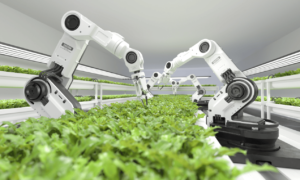
Robotics is playing an increasingly important role in modern agriculture. Agricultural robots, or “agribots,” are designed to perform tasks such as planting, weeding, harvesting, and packing. These robots can operate with high precision and efficiency, reducing the need for manual labor and increasing productivity.
For example, weeding robots use computer vision to identify and remove weeds without damaging crops. Harvesting robots can pick fruits and vegetables with minimal bruising, ensuring high-quality produce. Using robotics in agriculture enhances efficiency, addresses labor shortages, and reduces the physical strain on farmworkers.
10. Sustainable Practices and Renewable Energy
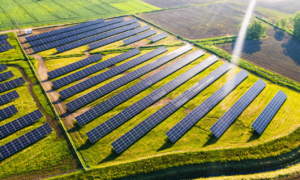
Sustainability is a key focus in modern agriculture, and innovative ag technologies drive the adoption of sustainable practices. Farmers increasingly use renewable energy sources such as solar and wind power to reduce their carbon footprint and lower energy costs.
Solar-powered irrigation systems, for instance, use photovoltaic panels to generate electricity, providing a sustainable and cost-effective solution for water pumping. Wind turbines can power farm operations, reducing reliance on fossil fuels.
Additionally, advanced technologies support sustainable farming practices such as no-till farming, cover cropping, and agroforestry by monitoring and managing these practices.
Conclusion
The latest innovations in ag technologies are revolutionizing the agricultural sector, offering solutions to some of the most pressing challenges farmers face today. These technologies, from precision agriculture and autonomous machinery to smart irrigation systems and vertical farming, enhance productivity, sustainability, and efficiency.
As the global population continues to grow, the demand for food will increase, making it imperative to adopt advanced ag technologies. By embracing these innovations, farmers can ensure food security, protect the environment, and improve their livelihoods. The future of agriculture is undoubtedly bright, with technology playing a pivotal role in shaping a more sustainable and productive industry.
FAQs
Q: What are the current agricultural technologies?
A: Current agricultural technologies include precision agriculture, autonomous machinery, smart irrigation systems, vertical farming, GMOs, blockchain, AI and machine learning, IoT, and robotics.
Q: What is meant by agri tech?
A: Agri tech refers to applying technology and innovations in agriculture to improve efficiency, productivity, and sustainability.
Q: How is technology used in agriculture?
A: Technology is used in agriculture for tasks like monitoring crop health, automating machinery, optimizing water and nutrient use, enhancing supply chain transparency, and improving crop yields through data-driven decisions.

